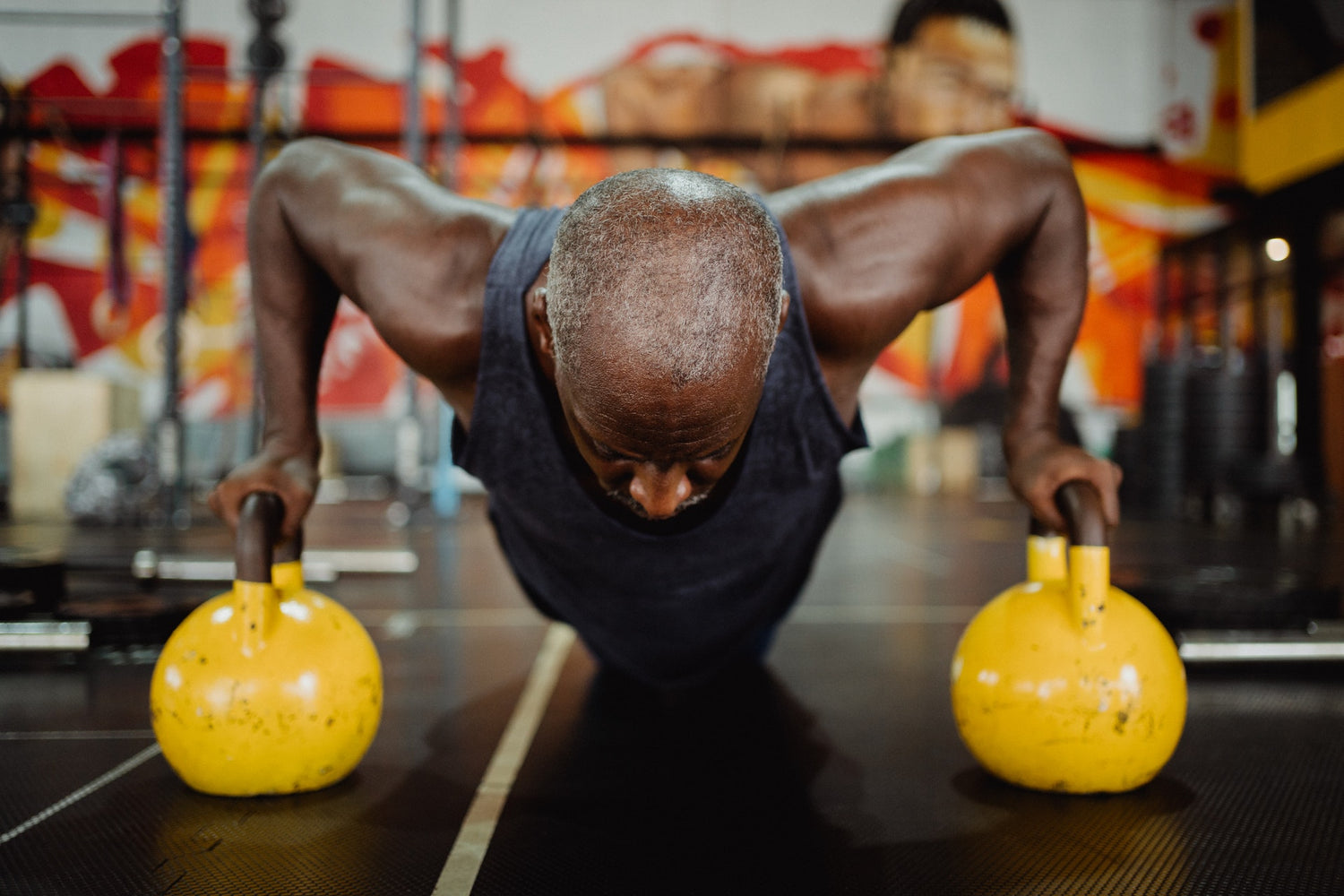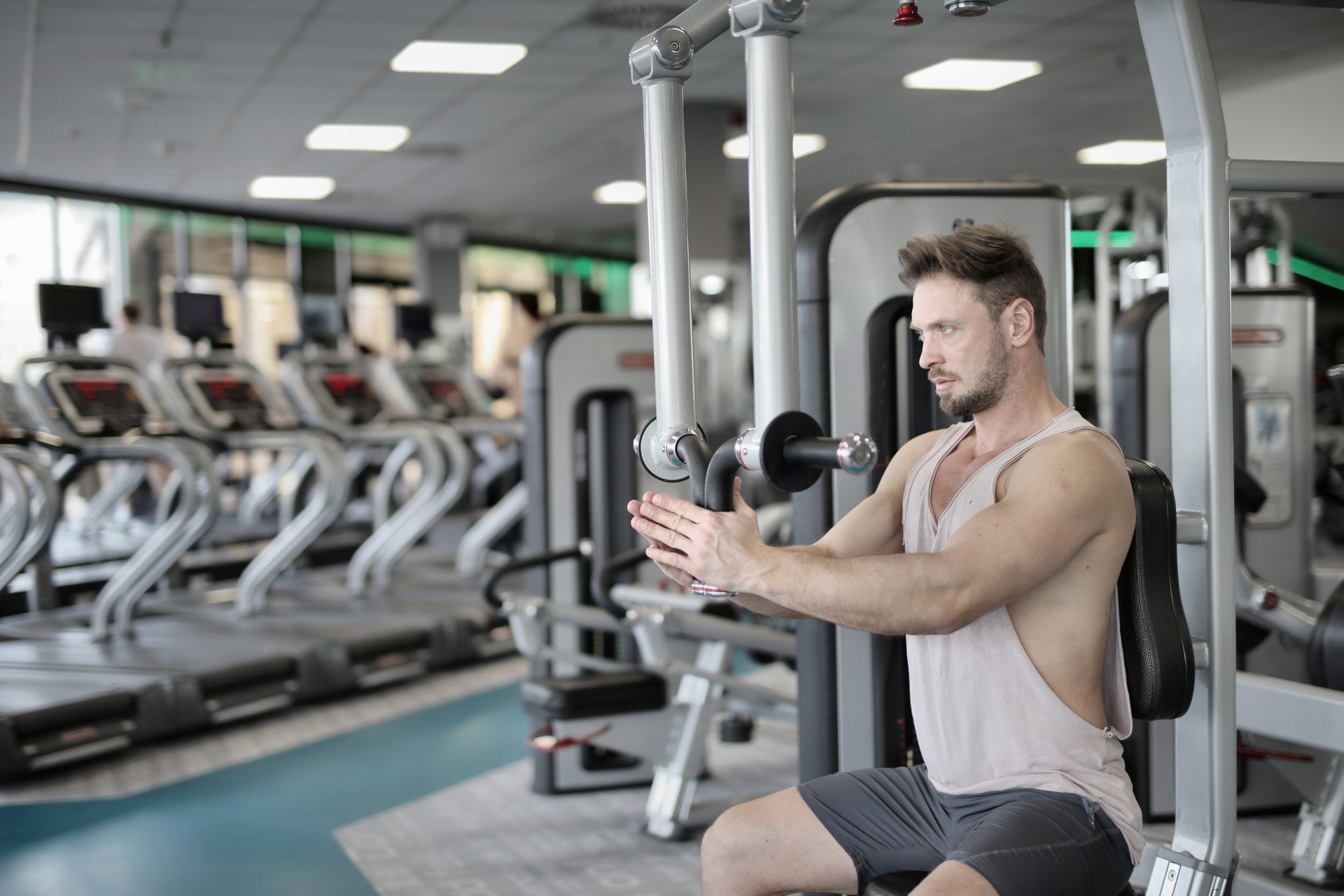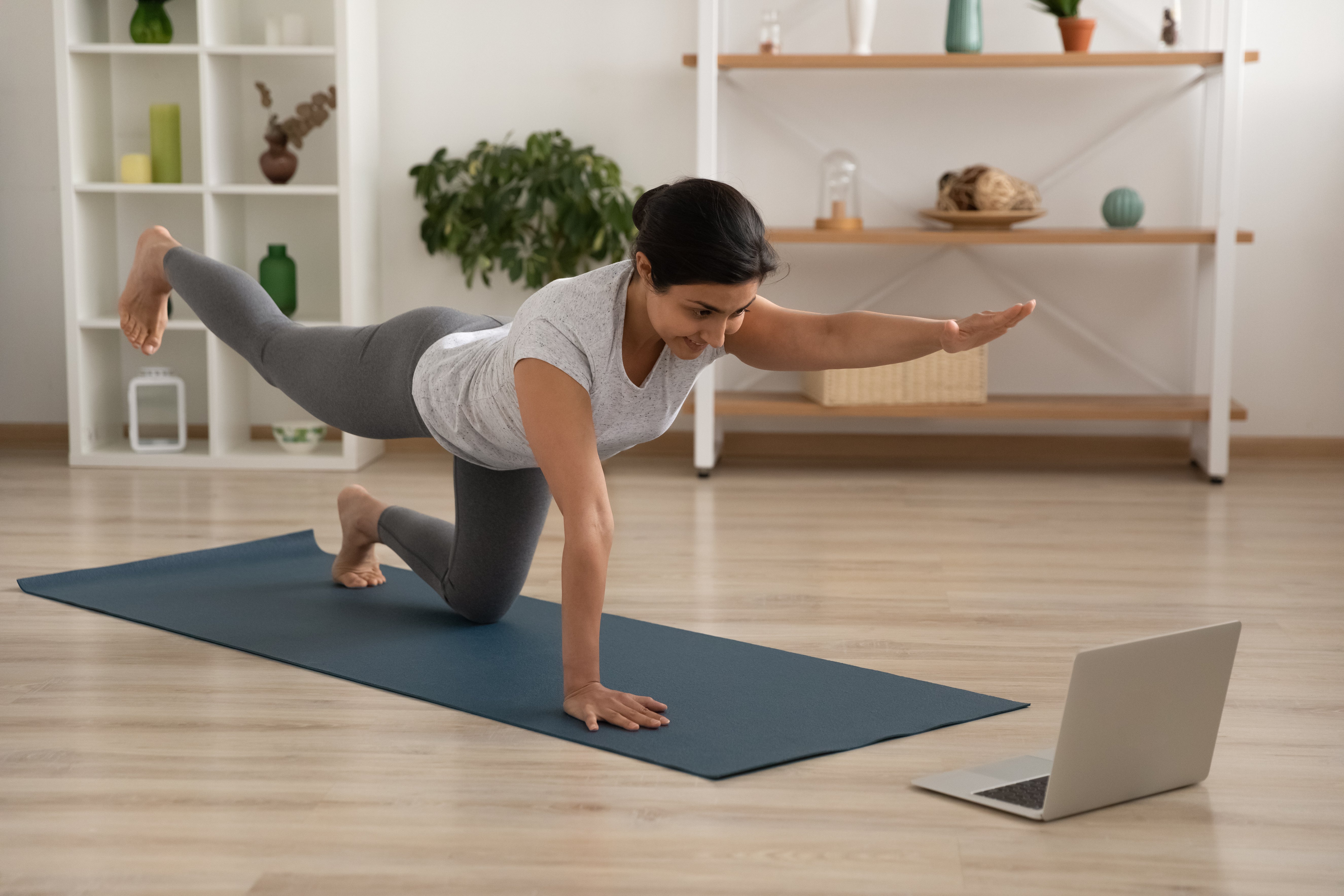You’ve probably heard of HIIT, or high-intensity interval training. Maybe someone you know does it, you’ve read about it online, or you’ve even tried it yourself. HIIT is the most effective form of exercise, and it has incredible benefits.
HIIT burns 25 percent more calories than weight training, biking, or running. You can burn calories faster with HIIT, and you’ll continue burning calories for up to two hours after your session. No matter what your personal fitness goals are, this workout cannot be beat. Best of all, it’s easy to learn. Simply start slowly to get the hang of it, and then you’re off.
What Is HIIT?
HIIT stands for high-intensity interval training. During HIIT exercises, you repeatedly use your muscles against resistance to build strength and power. It is an intense aerobic exercise that improves your overall fitness without targeting any specific body part. This type of exercise is performed by doing reps until you feel fatigued at an intensity level that challenges you.
HIIT gets your heart rate up and gives you a phenomenal cardio workout without forcing you onto a treadmill. HIIT exercises can be performed during various workouts and can be made simpler with the use of home gym equipment, like ski training or indoor rowing machines. While not required for HIIT, a resistance training machine will help you get the most from your intervals and offer more customizable workout variations.
Repeated reps of rowing motions like bicep curls, arms only, high row, and overhead row are great exercises to get your heart rate up. Ski training motions like alternating arms, plyo jump, reverse lunges, and pull-downs are also effective HIIT options. By doing these activities for just a few minutes and taking a short break between sets, you can work harder in a shorter period. This exercise and recovery cycle is what helps boost your metabolism.
How Is HIIT Beneficial?
HIIT has many benefits in addition to burning calories and helping muscle growth. HIIT exercises create an after-burn effect which increases your metabolism following your workout. This after-burn effect will have your body burning calories and fat long after you’ve finished your reps. That means that you continue benefiting from your workout even once you’ve stopped moving.
HIIT can improve insulin resistance more than traditional exercises. This is important to help maintain healthy blood sugar levels and feel your best. For people with diabetes or high blood sugar, high-intensity interval training can also reduce your blood sugar in as little as 12 weeks.
This high intensity workout can also reduce the resting heart rate and blood pressure of overweight and obsese people in as little as eight weeks.
Who Should Try HIIT?
HIIT can be good for anyone. Equipment like the SKI-ROW allows users of all ages and abilities to have complete control of their workout and minimize the risk of injury. This makes HIIT exercise accessible to everyone, regardless of fitness level or personal goals.
HIIT is intense for your heart, as it raises your heart rate and provides a full cardio workout. If you’re new to cardio exercises or exercise in general, it is best to start slowly and work your way up to greater intensities and rep speeds. Take the time to get to know your body and ease into this new form of movement.
People who are overweight or obese should try HIIT because the calorie burn, fat burn, and blood pressure benefits are the perfect combination in an easy-to-learn workout.
How to Get Started with HIIT
Now that you know what HIIT is, it’s time to get started. First, clear an area in your home as a designated workout space. This can be an area in your office, basement, or anywhere that works for you. Measure the area to make sure that your chosen equipment, like the SKI-ROW, will fit. Once you have your workout zone ready and equipment assembled, it’s time to start working out.
First, start slow and easy. Try your first move, like bicep curls, by checking your form and comparing it to training videos. This is crucial to get the most from your workout and to minimize your chance of injury. Go through the motions slowly and gently to get the hang of the movement. Once you’re confident in your form, increase your speed and intensity to a rate where you feel challenged but not strained.
Once you’ve completed your first set of training exercises, take a break for an equal amount of time. This is a good opportunity to stretch and drink water. Use this time to truly recover—quickly pushing yourself into the next set will not help you get better results. This break is necessary to maximize your fat and calorie burn.
After your workout is complete, you can reap the rewards for hours afterward. Calorie and fat burn continues for up to two hours after you finish. Most other exercises don’t have the benefit of after-burn, which makes HIIT one of the most appealing workouts. You can burn more with 30 active minutes of HIIT than you can in other exercises, then extend that burn for hours after.
What Kinds of HIIT Exercises Can I Do on the SKI-ROW?
With options to row or ski, the SKI-ROW is an awesome tool for strength building and fat burning from the comfort of your own home. Each position has a number of exercise possibilities to keep your workout new and exciting.
Rowing
You can do more than just a basic row on the SKI-ROW machine, with interesting variations like:
- Bicep Curl: a standard curling exercise from a seated position.
- Arms Only Row: rowing with only your arms, and no help from your legs.
- High Row: an interpretation of a standard rowing motion where your arms pull higher so your hands land near shoulder level.
- Reverse Overhead Row: sit backwards on the machine and pull from over your shoulders.
- Single Arm Row: a standard row, using one arm at a time.
- Single-Leg Row: a standard row, using one leg at a time.
Ski-Training
Wondering how you can ski at home? These resistance training intervals will have you building strength and burning fat even when you’re off the slopes.
- Alternating Arms: pull down from above with alternating arms.
- Alternating Reverse Lunge: pull down from above with an alternating lunge.
- Butterfly: stand with your back to the machine, and open and close your arms like a butterfly’s wings.
- Plyo Jump: a two-arm pull down with a hop on the ascension.
- Overhead Tricep Extension: stand with your back to the machine, and pull over your shoulders all the way forward.
- Single-Leg Tricep Pull Down: standard pull-downs while standing on one leg.
- Staggered Leg Skiing: intense pull-downs with one leg positioned to the back.
- Woodchopper: stand with your side to the machine, and pull from your shoulder to the front of your waist in a swinging motion.
- Straight Arm Pulldown: pulldowns without bending your elbows.
Conclusion
With all of these variables to choose from, you will never get bored of your HIIT workout on the SKI-ROW. Mix it up to find a routine that you prefer; all of these moves will help you reach your goals in no time. Your workout is fully customizable based on your daily needs and your preferences. All of these exercise options will raise your heart rate and create an aerobic HIIT effect.
The SKI-ROW is the only piece of equipment you need for a fantastic workout, and it should be on the top of your list for your home gym set up if you’re looking to start HIIT training. The SKI-ROW is the first of its kind, bringing rowing and skiing workouts to your home gym in one simple machine.
Sources:
High-intensity interval training (HIIT): Benefits and how to start | Medical News Today
Benefits of HIIT Training | 8 Reasons It's So Effective | Ace Fitness
High-Intensity Interval Training (HIIT): What It Is, How to Do It | WedMD




Leave a comment
All comments are moderated before being published.
This site is protected by reCAPTCHA and the Google Privacy Policy and Terms of Service apply.